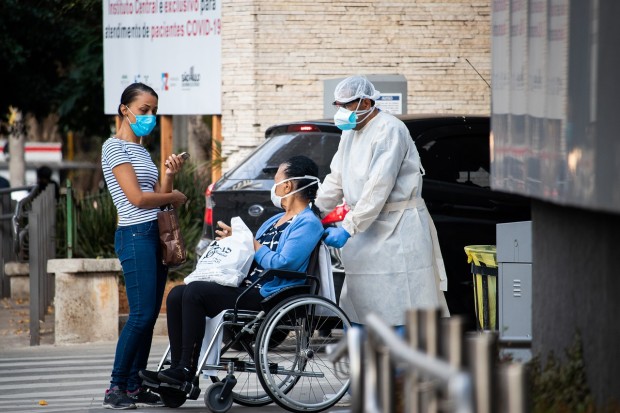Danger And Disease: The Perils Of Nursing Homes During Covid-19


During the height of the pandemic, nursing home residents accounted for 8% of Covid 19 cases and 41% of the Covid-19 deaths nationwide. This is attributed to the fact that nursing homes are not designed, operated, or funded to deal effectively with infectious disease epidemics. The focus for nursing homes, after all, is dealing with far more common health issues.
The lack of adequate funding, training, and staff left these facilities in a sitting duck position when Covid-19 hit. These facilities were responsible for having emergency plans in place for unexpected events like this, and unfortunately, the ball was dropped.
Because of this, countless people have become sick and even died. In Tennessee, for example, around 1 in 8 long-term care residents diagnosed with the disease died from it or its complications.
If you lost a loved one to Covid-19 due to the errors of a nursing home, you may be eligible to file a malpractice lawsuit against the responsible facility. These tragic deaths could have been prevented with better planning by the facilities and they must create better coping strategies in the future.
By helping to hold them responsible now, you can help change how these events unfold in the future. So why exactly are nursing homes so at risk, and what can be done about it?
Nursing homes have long struggled with infection control. For example, nearly 70% of California nursing homes didn't have and weren't implementing an infection control program on their last inspection before the pandemic. This lack of preparation is one of the major reasons nursing homes became such hotspots.
The other contributing factors include the fact that nursing homes are congregate living facilities, meaning that many people are living in close quarters. When a virus such as Covid-19 hits these types of living situations, it's bound to spread. Add to that that most of the people living there had pre-existing medical conditions, and you have a recipe for mass infections.
Nursing homes present the perfect environment for illness to thrive, which is why it's so important for them to have plans in place to deal with these kinds of outbreaks.
The danger can't be eliminated completely in situations like this, but there are steps that can be taken to lower the risks to residents living in these facilities. These steps include:
● Ensuring that everyone working in the facility have infectious disease prevention training.
● Providing an ample amount of hand sanitizer and handwashing stations.
● Providing appropriate personal protective equipment like masks and gloves should be provided to employees.
● Developing a schedule for regular cleaning and disinfecting in the facility.
● Educating employees, residents, and visitors about the risks associated with Covid-19 and other viral illnesses.
● Notifying employees, residents, and visitors about confirmed cases of these illnesses. Particularly those who may have been in contact with the infected individual.
Facilities that implement these measures can lower their risk of an outbreak of Covid-19, as well as other infections. If you have a loved one in a nursing home, ask about their procedures to ensure that preventative measures are being taken.
During the height of the outbreak, various restrictions were put in place by the federal government to attempt to prevent the continued spread of the virus. This included regulations around how doctors and other medical staff should operate. These included social distancing and quarantine rules.
If medical professionals violated these rules, they risked endangering their patients. If that risk led to the patient becoming infected and passing away, the medical professional responsible could face a medical malpractice suit.
The laws regarding what qualifies as malpractice can be tricky, but in general, it needs to be provable beyond a reasonable doubt that the accused was guilty of negligence that directly led to the death of the patient.
In cases such as the pandemic, this can be difficult to prove. Many healthcare workers were performing their jobs up until their diagnosis or were allowed to come back before they were fully recovered. While that could mean they inadvertently caused the infection of a patient, it most likely wouldn't be considered malpractice under the unique circumstances.
Now that we know more about what caused nursing homes to be perilous places during the outbreak, we can take steps to protect them in the future.
© 2023 Lawyer Herald All rights reserved. Do not reproduce without permission.
* This is a contributed article and this content does not necessarily represent the views of lawyerherald.com
Get the Most Popular Lawyerherald Stories in a Weekly Newsletter